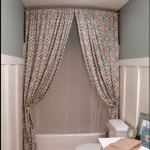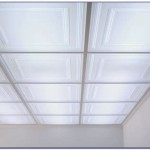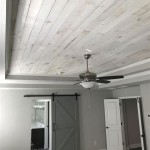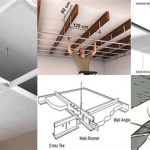Everything You Need to Know About Ceiling Spray Textures
When it comes to remodeling or building a home, the ceiling is often an overlooked element. However, a well-executed ceiling texture can dramatically enhance the overall look and feel of a space, adding character and depth to the interior design. Ceiling spray textures are a popular choice due to their versatility, durability, and ability to conceal imperfections.
In this comprehensive guide, we will explore the essential aspects of ceiling spray textures, including types, application methods, and maintenance tips. Whether you're a homeowner considering a ceiling makeover or a professional contractor looking to expand your skill set, this article will provide you with the necessary information to make informed decisions and achieve stunning results.
Types of Ceiling Spray Textures
There are numerous ceiling spray textures available, each with unique aesthetic and functional properties. The most common types include:
- Popcorn Ceiling: This classic texture resembles the appearance of popcorn kernels and is known for its ability to hide imperfections and reduce noise levels.
- Knockdown Ceiling: As the name suggests, this texture is created by knocking down or flattening the peaks of the spray, resulting in a more subtle and even surface.
- Orange Peel Ceiling: This texture has a dimpled appearance similar to the skin of an orange, providing a medium level of texture and sound absorption.
- Swirl Ceiling: This texture is achieved by swirling the spray while applying it, creating a unique and visually appealing pattern.
- Skip Trowel Ceiling: This texture is applied using a trowel to create a more organic and uneven surface, adding a rustic or industrial touch to the space.
Application Methods for Ceiling Spray Textures
The application of ceiling spray textures requires specialized equipment and techniques to ensure optimal results. Professional contractors typically use the following methods:
- Airless Sprayer: This method utilizes a high-pressure airless sprayer to apply the texture evenly and efficiently.
- Hopper Gun: A hopper gun mixes the texture material and applies it using compressed air, offering greater control over the texture's consistency and volume.
- Manually Troweled Texture: Certain textures, such as skip trowel, are applied manually using a trowel to achieve specific aesthetic effects.
Maintenance and Repair of Ceiling Spray Textures
Maintaining your ceiling spray texture is crucial to preserve its appearance and longevity. Here are a few tips:
- Dusting and Cleaning: Regularly dust and clean the ceiling using a soft brush or vacuum cleaner attachment to remove dirt and debris.
- Minor Repairs: Small dents or holes can be repaired using a patching compound and a putty knife. For more significant damage, consult a professional.
- Repainting: Over time, ceiling textures may need to be repainted to maintain their color and finish. Consult a professional painter for advice on the best paint type and application techniques.

How To Apply Spray Ceiling Texture

Drywall Texture Types You Need To Know

Sheetrock Brand Qt Poly Ceiling Spray Textures Usg

Sheetrock Brand Qt Poly Ceiling Spray Textures Usg

Sheetrock Brand Qt Poly Ceiling Spray Textures Usg

How To Paint Popcorn Ceilings Other Ceiling Textures

How To Spray Drywall Texture In A Renovation Remodel Mikes First Flip Ep 6

2in1 Wall Ceiling Spray Texture Popcorn Water Based Dap Global

How Do You Make Ceiling Paint Grittily Textured

Knock Down Ceiling Texture Complete Guide
Related Posts








